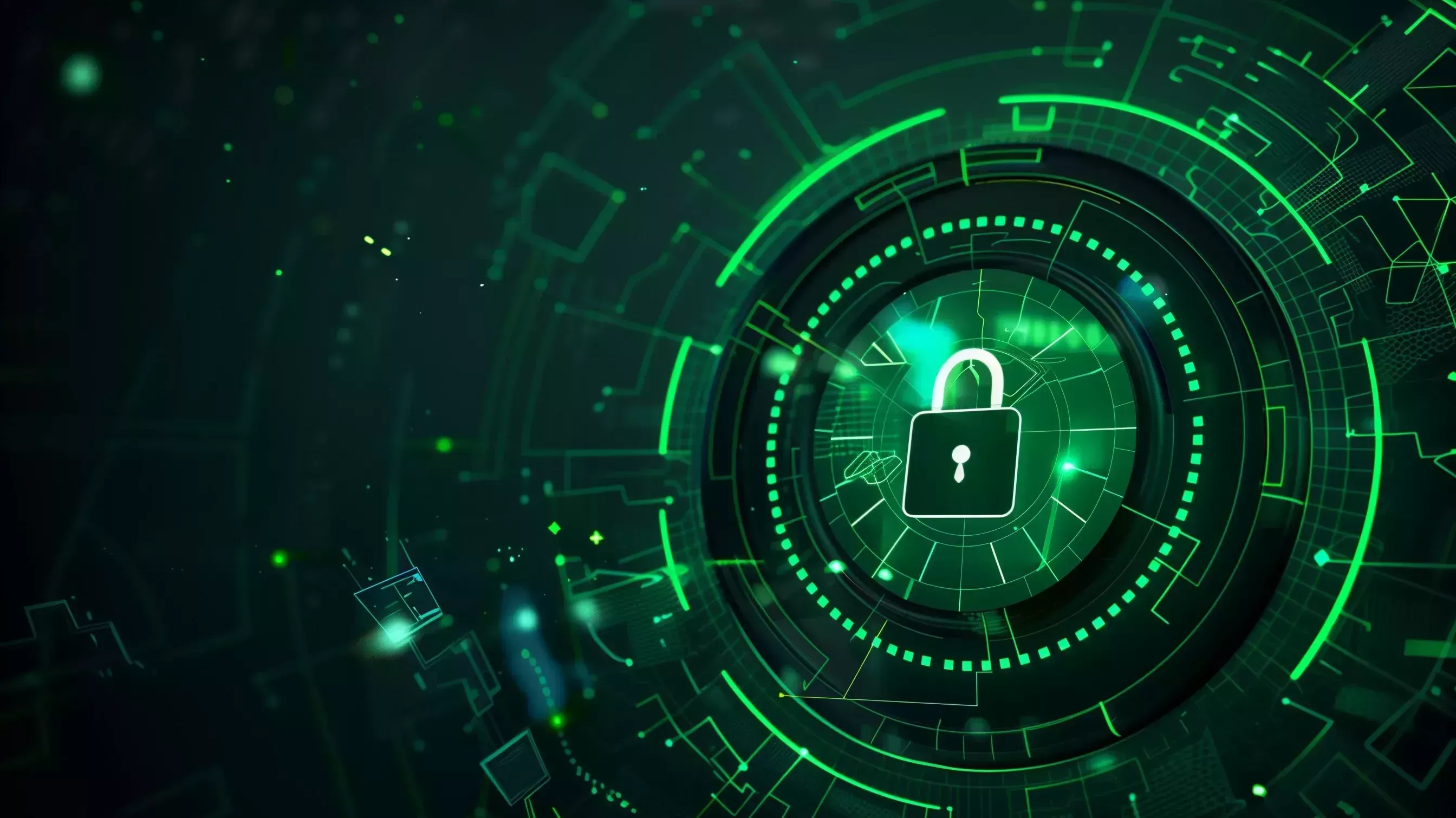These audits are essential for organizations that want to mitigate risks, ensure regulatory compliance, and strengthen their overall cyber resilience. These audits systematically evaluate IT systems and processes to provide actionable insights for addressing vulnerabilities and operational gaps. This guide explores the key benefits of cybersecurity audits, their typical process, and their application to the Swiss context across various industries.
Why Conduct a Cybersecurity Audit?
A cybersecurity audit is more than just a compliance exercise. It is a strategic tool that allows organizations to identify weaknesses, prioritize risks, and implement effective security measures. Key benefits include:
- Risk mitigation: Identify and address vulnerabilities before attackers exploit them.
- Regulatory compliance: Ensure adherence to industry-specific regulations, such as FINMA for finance and FOPH for healthcare in Switzerland.
- Enhanced Cyber Resilience: Build a stronger defense system that adapts to evolving threats.
- Process Maturity: Identify areas for improvement using proven methodologies, such as the CMMI maturity model.
Overview of the Cybersecurity Audit Process
The process follows a structured methodology guided by international standards such as the IT Audit Framework from the IT auditor association ISACA. Below is a breakdown of the three main phases:
1. Planning
Thorough preparation is crucial for a successful audit because it ensures that the process is tailored to an organization's specific business sector, risk landscape and regulatory requirements.
The result of this phase is the definition of the Audit Scope and Objectives agreed with the Management and takes below points in consideration:
- Business Context organisation’s mission, IT environment and deployment model, systems and applications including usage of Cloud, Artificial Intelligence, Operational Technology systems , regulatory requirements
- Risk Assessment to identify key risk impacting
- Plan of the Audit Execution with timelines, resource allocation, audit tools, and communication protocols, buy-in and support from key stakeholders.
2. Fieldwork
This phase includes stakeholder interviews, and control effectiveness testing to identify vulnerabilities and evaluate system maturity.
Walkthrough
Key controls are assessed through interviews and documentation reviews to evaluate their maturity. Gaps and improvement areas are identified based on internationally recognized standards, including ISO/IEC 27001:2022, CIS Controls v8, Swiss ICT minimum standards, NIST CSF, and ISO/IEC 42001:2023 (AI) and IEC/62433. Annex 1 documents top cybersecurity controls to prioritize.
Technical Testing
Key controls are tested with automated tools such as vulnerability scanners to evaluate effectiveness.
- Nessus from Tenable identify IT Systems known vulnerabilities and misconfigurations
- Trustmetrics evaluates public-facing assets to analyse attack surface and mitigate exposure risks
- Other tools analyze misconfigurations of the Active Directory
- AI Based tools support analysing large and unstructured volume of data e.g. logs
Integrating AI in Cybersecurity Audits
As the adoption of AI technologies grows, audits must address the associated risks. Common concerns include data privacy, bias, and regulatory compliance. During audits, practitioners:
- identify AI usage within the organization, including shadow AI tools, internally developed solutions, and third-party systems.
- Analyze the business context and risks related to each use of AI.
Align with applicable AI-focused regulatory requirements, such as ISO/IEC 42001:2023, which establishes standards for AI management systems.
3. Reporting
The audit concludes with a structured report that outlines the findings, root causes, risks, and actionable recommendations.
Key sections include
- Executive Summary: A one-page overview of the findings, risks, and recommended actions for senior management.
- Observations and analysis: Detailed results of the analysis with clear assessment conclusions.
- Findings and Recommendations: Focuses on root causes, not symptoms. Rather than listing superficial problems, the report addresses systemic issues with practical recommendations to prevent recurrence.
Conclusion
A well-executed cybersecurity audit is an investment in an organization's future resilience. By identifying weaknesses, improving processes, and adhering to regulations, businesses can reduce the risk of disruptions and cyber incidents.
In Switzerland, for example, where sector-specific regulations like those in healthcare and finance are stringent, a thorough and tailored audit is essential.
Organizations looking to enhance their cybersecurity posture should view audits as a comprehensive strategy for long-term risk mitigation and operational improvement, not just a compliance checkbox.
A Swiss Perspective on Audit Value
In Switzerland's highly regulated environment, cybersecurity audits provide substantial benefits to organizations of all sizes, ranging from small-to-medium-sized businesses (SMBs) to multinational corporations.
- Regulatory Readiness: Ensure compliance with Swiss-specific frameworks, including FINMA and FOPH guidelines.
- Risk Prioritization: Use industry insights to address the most impactful threats.
- Tailored approaches: Adapt audits to different IT deployment models, including on-premises, cloud-based, and hybrid solutions.
Adhering to globally recognized standards strengthens Swiss companies' competitive positioning while safeguarding sensitive data and maintaining public trust.
Top Cybersecurity Controls to Prioritize
Organizations must focus on implementing robust controls to secure their digital ecosystem. Some of the most vital controls include:
1. Access control: Preventing unauthorized access to sensitive systems and data.
2. Asset Management: Identify and protect critical IT and data assets.
3. Vulnerability Management: Reduce exposure by prioritizing remediation efforts.
4. Secure Configuration Management: Identify misconfigurations and secure system setups.
5. Logging and Monitoring: Detect and respond to suspicious activity.
6. Incident Response: Minimize the impact and recovery time of security breaches.
7. Data Protection: Ensure the confidentiality, integrity, and availability of sensitive data.
8. Security Awareness
AI Key controls
1. Governance: Define roles and responsibilities for use of AI.
2. Data Quality: Control the accuracy, completeness and integrity from training data
3. Model Lifecycle: Control the model from development to decommissioning.
4. Transparency and Explainability: Interpret and explain AI decisions.
5. AI Systems security: Protect against attacks
6. AI Privacy: Compliance with Swiss Data Protection laws.
7. Human Oversight: AI critical decisions subject to human review.
8. AI Risk and Impact Assessment: Potential harm to individuals, society, or the environment.
9. Third-Party AI Risk: Controls for outsourced or embedded AI components.
